03 Feb 2023
Innovation in New Space, for better and for worse
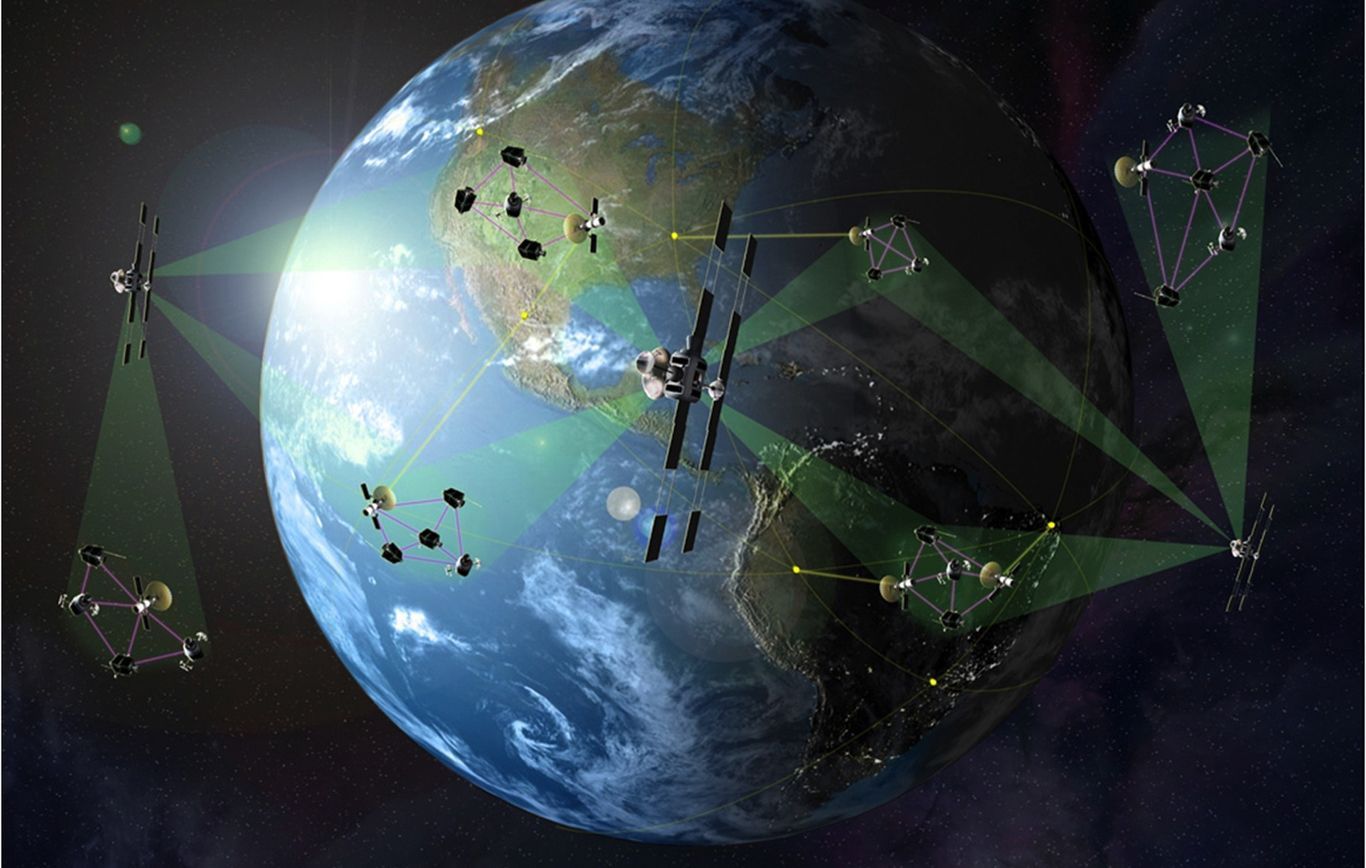
Image: Pixabay
In another week of developments we can see the face of the industry constantly changing and adapting to the current economic and geopolitical climate. As we write our article this week, the latest diplomatic crisis erupting is relating to that of a Chinese stratospheric balloon carrying a suspected spying/surveillance equipment. The US have reportedly held back from shooting it down due to the threat of debris. China has since responded by stating that the balloon is used mainly for meteorological purposes. We’ll learn more in due course, but this already highlights the ongoing tensions and growing skepticism between these two superpowers.
We’ve also seen more positive signs of innovative development and the growth of newer space nations. The UAE has announced details of a second crewed mission to the ISS, set to launch on February 26th, and will be the first long-term Arab astronaut mission. Of course, their Rashid lunar rover is also currently on its way to the lunar surface, travelling with the iSpace lander. The UAE have ambitious plans for space, and we’ve often discussed the value of these newer stakeholders, and their possible role in mediating relations between nations such as the US and China.
At the same time, we can also see that New Space is by no means an easy industry to navigate, especially in the current climate. Virgin Orbit announced that it has raised an additional $10 million emergency funding, coming shortly after news of their failed UK launch in January. The company will be hoping for more success with their next launch later in the year.
Innovation for short and long-term space solutions
Last year we learnt the initial details of direct-to-smartphone technology, and companies such as SpaceX and Globalstar entering this market. US-based satellite company Lynk Global have announced that they are close to completing their ground station in Hawaii, the first of many that the company wants to establish. Lynn plans to connect their growing constellation to smartphones from spring this year.
As we’e previously mentioned, we expect substantial growth in this area, especially should direct satellite connectivity become a standard feature on all new smartphone models in the future. With rapidly growing satellite constellations comes the need to effectively build and manage an orbital infrastructure, such as orbital transportation, servicing and refuelling.
In January we learnt something in regards to Blue Origin’s “Blue Ring” project. A job posting leaked some details, with the advertisement stating that (in relation to their view of the future of New Space) "Enabling this future requires frequent and affordable access to a variety of orbits, as well as the ability to access infrastructure and services in those orbits. There is a critical need for rideshare and hosting solutions for small satellites for commercial and government purposes.” Blue have perhaps seen the opportunities that lay ahead in supporting future megaconstellations, supported by their New Glenn reusable rocket.
Beyond Earth orbit, we’ve also learnt details of another solution for the construction of habitats on other celestial bodies, namely Mars. US firm, Red House, is working alongside NASA to develop “bio-habitats”. The company is mixing waste biomass with a fungus names “mycelium”, with the aim of creating a sustainable building material. For use in space, they aim to send a folded shelter containing dehydrated algae on an uncrewed mission to Mars. Once on the planet, a rover would inject the bag with CO2, nitrogen and water, which would trigger a reaction, allowing it to grow into the desired structure. They are planning a demonstration of the technology on the Moon, as part of NASA’s Commercial Lunar Payload Service.
In our quest to travel to places such as Mars, Rolls Royce have this week released an image of their proposed micro-reactor, allowing for the use of nuclear fission reactors to power future spacecraft on long journeys. The system is being development as part of an agreement signed with the UK Space Agency in 2021, and the image comes shortly after learning more about NASA’s plans to carry out a nuclear propulsion demonstration by 2027. Whilst not a new idea, nuclear has made a comeback recently, seen perhaps, at the moment, as the only solution to support manned journeys in outer space. We expect to witness more developments in this area in the coming months and years.
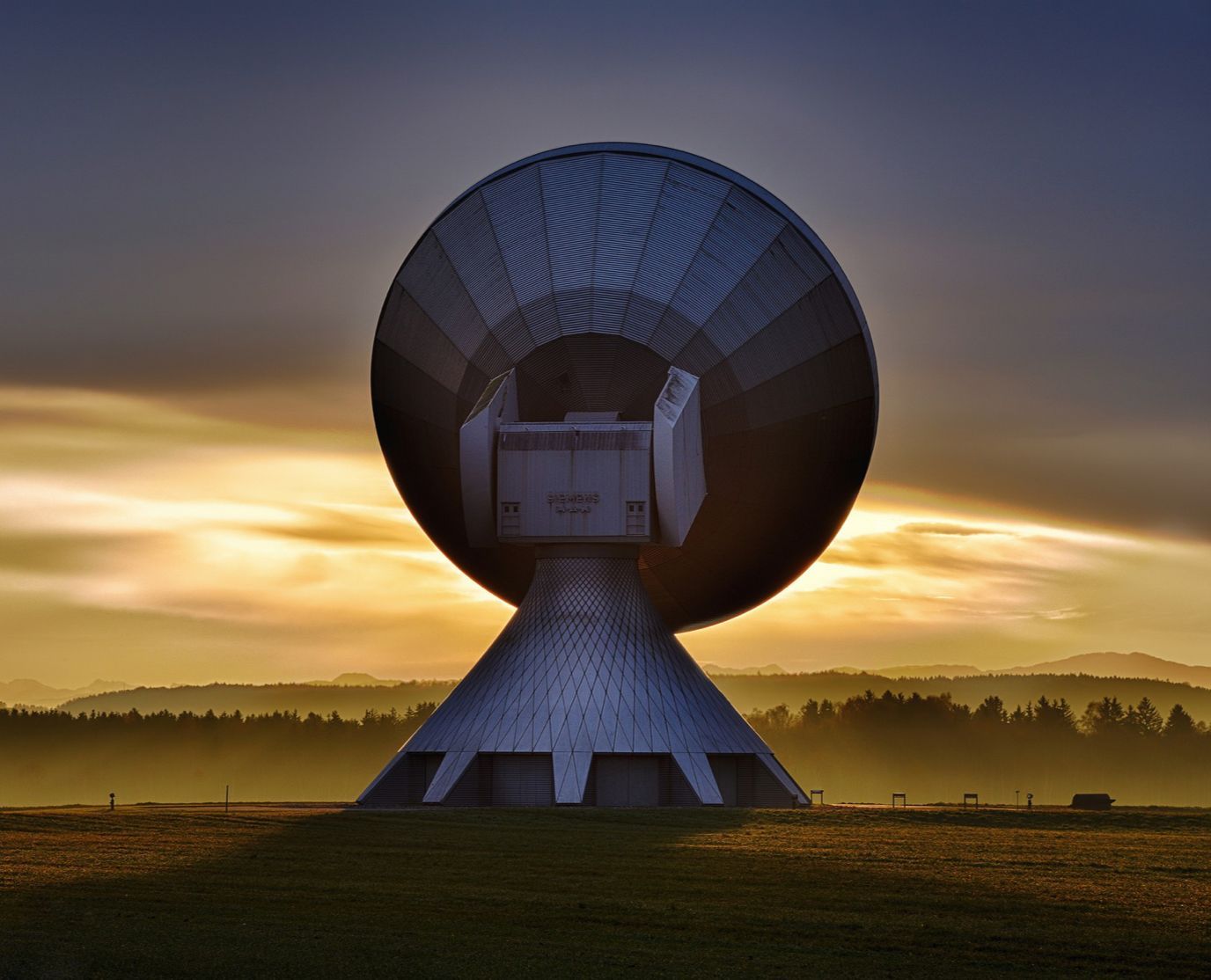
Concern over the use of sat ground stations
Shifting relations for better or worse
Geopolitics continues to strain space relations, and whilst matters are still ongoing, it seems that the presence of the Chinese stratospheric balloon in US airspace will work towards the further deterioration of that relationship. At the end of January, the US had already announced a new set of sanctions against Chinese satellite manufacturer, Changsha Tianyi Space Science and Technology Research Institute, for apparently supplying Russia’s Wagner Group with imagery to support their campaign in Ukraine.
Space is quickly becoming the new domain of warfare. According to an article from ARS Technica, US company True Anomaly are preparing for the first orbital mission of their Jackal “orbital pursuit” spacecraft. The company, founded in January last year, will be capable of manoeuvring close to other satellites in order to reveal their surveillance and weapons systems. The company founder, a former US Air Force Major, said that the US is already “in active competition with Russia and China for freedom of action and dominance of the space domain. And it’s evolving very quickly.” We must also consider the plans that are afoot by satellite constellation companies, and the growing competition over limited number of orbital slots. One thing that history does tell us is that where there are valuable finite resources, there is often conflict, and so we may also see the development of more such defensive and offensive orbital vehicles.
China has announced that they will be developing a satellite ground station in Antarctica, supporting the collection of data that orbit in polar regions. Although the station is to be constructed at the Chinese Zhongshan research base in Antarctica, the news harks back to that regarding similar ground stations in South America, and governments declaring their concern about the potential military surveillance usage of such a presence. In 2020, Sweden said that they would not renew the contracts to support Chinese ground stations, and as space becomes more intertwined with conflict, we have to ask whether or not other nations may also follow suit.
Relations in the space sector may have been badly affected by events taking place on Earth, but at the same time has represented opportunities for others. South Korea have selected Europe’s Ariane Vega C rocket to launch their next KOMPSAT-6 satellite, previously put on hiatus due to international sanctions on Russia (previously due to launch on a Russian Angara rocket). Vega C suffered a launch failure during its first commercial mission in December, but this may be some more positive news for the company, and the possible future applications of the new rocket. It will also be an encouraging sign for Europe as a whole, as ESA continues its drive for European non-dependence in space capabilities.
Additionally, on January 25th at the European Space Conference, representatives from the European Commission and ESA said that they were working towards building European Space Situational Awareness (SSA) and Space Traffic Management (STM) systems, reducing the reliance on the US. The news also comes after the commission recently announced plans to develop a common EU legal framework on safety, security and sustainability. Europe may still be some way behind the US, China and Russia in regards to their launch capabilities, but they may have more success in leading the way in legislative and sustainable matters. The US may be building support for its Artemis Accords, and China is looking for partners on both Tiangong and their ILRS (lunar station) plans, but the EU and ESA could have what it takes to unite many European countries under one legislative umbrella.
Innovation and technical development in New Space continue to move at a rapid pace, for better or worse. Technologies such as direct-to-smartphone connectivity are quickly becoming reality, and more opportunities await for companies to help build and maintain this new orbital infrastructure. Furthermore, the industry seems to still be mostly defying the odds in an otherwise worrying economic climate. Yet at the same time, space could easily become the fourth front of warfare; air, sea, land and space. The value and applications of space are so far reaching, and we must remember manage these opportunities correctly.
External Links
This Week
*News articles posted here are not property of ANASDA GmbH and belong to their respected owners. Postings here are external links only.
Our future in space
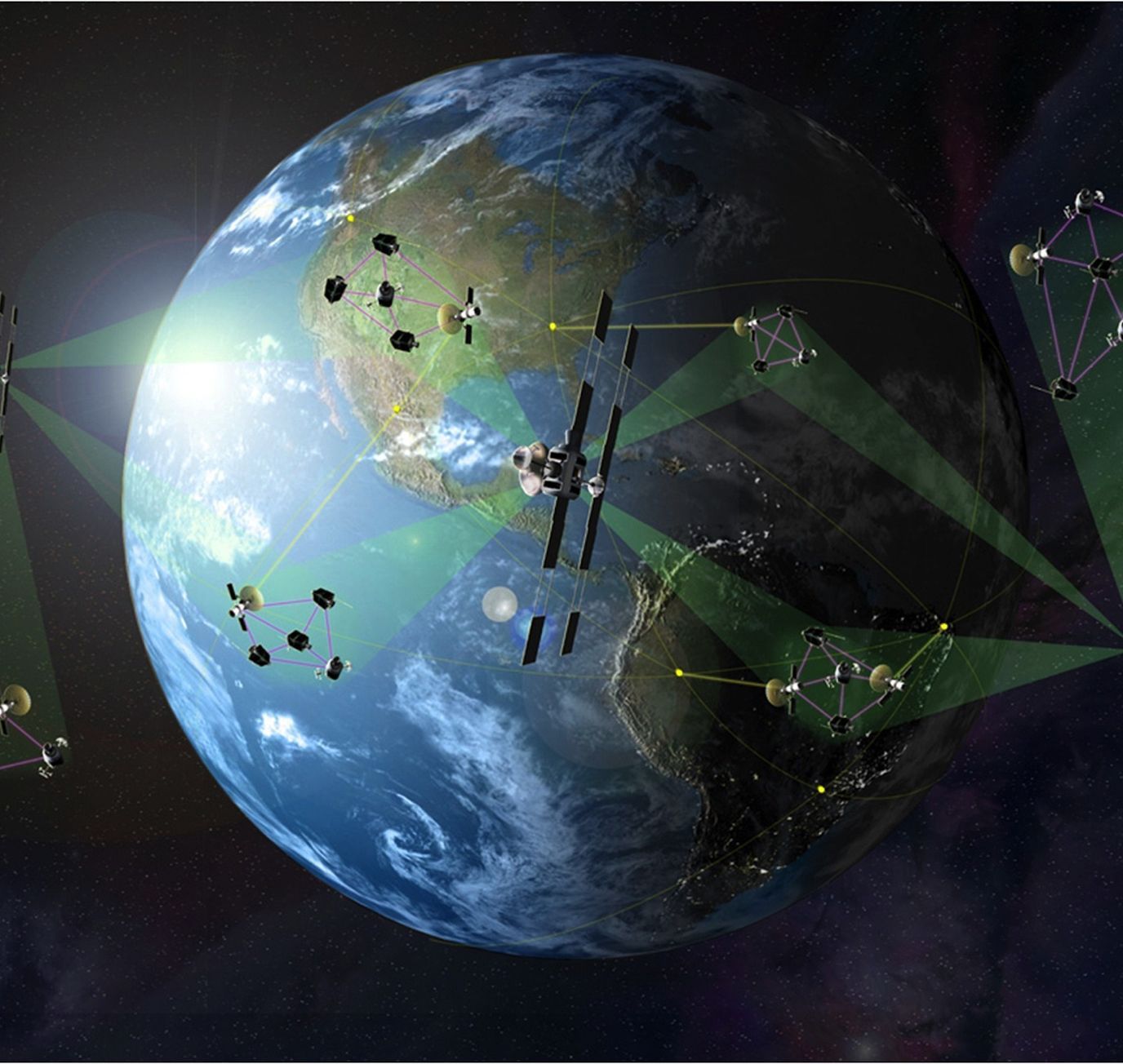
Image: Pixabay
03 February 2023
Innovation in New Space, for better and for worse
In another week of developments we can see the face of the industry constantly changing and adapting to the current economic and geopolitical climate. As we write our article this week, the latest diplomatic crisis erupting is relating to that of a Chinese stratospheric balloon carrying a suspected spying/surveillance equipment. The US have reportedly held back from shooting it down due to the threat of debris. China has since responded by stating that the balloon is used mainly for meteorological purposes. We’ll learn more in due course, but this already highlights the ongoing tensions and growing skepticism between these two superpowers.
We’ve also seen more positive signs of innovative development and the growth of newer space nations. The UAE has announced details of a second crewed mission to the ISS, set to launch on February 26th, and will be the first long-term Arab astronaut mission. Of course, their Rashid lunar rover is also currently on its way to the lunar surface, travelling with the iSpace lander. The UAE have ambitious plans for space, and we’ve often discussed the value of these newer stakeholders, and their possible role in mediating relations between nations such as the US and China.
At the same time, we can also see that New Space is by no means an easy industry to navigate, especially in the current climate. Virgin Orbit announced that it has raised an additional $10 million emergency funding, coming shortly after news of their failed UK launch in January. The company will be hoping for more success with their next launch later in the year.
Innovation for short and long-term space solutions
Last year we learnt the initial details of direct-to-smartphone technology, and companies such as SpaceX and Globalstar entering this market. US-based satellite company Lynk Global have announced that they are close to completing their ground station in Hawaii, the first of many that the company wants to establish. Lynk plans to connect their growing constellation to smartphones from spring this year.
As we’ve previously mentioned, we expect substantial growth in this area, especially should direct satellite connectivity become a standard feature on all new smartphone models in the future. With rapidly growing satellite constellations comes the need to effectively build and manage an orbital infrastructure, such as orbital transportation, servicing and refuelling.
In January we learnt something in regards to Blue Origin’s “Blue Ring” project. A job posting leaked some details, with the advertisement stating that (in relation to their view of the future of New Space) "Enabling this future requires frequent and affordable access to a variety of orbits, as well as the ability to access infrastructure and services in those orbits. There is a critical need for rideshare and hosting solutions for small satellites for commercial and government purposes.” Blue have perhaps seen the opportunities that lay ahead in supporting future megaconstellations, supported by their New Glenn reusable rocket.
Beyond Earth orbit, we’ve also learnt details of another solution for the construction of habitats on other celestial bodies, namely Mars. US firm, Red House, is working alongside NASA to develop “bio-habitats”. The company is mixing waste biomass with a fungus names “mycelium”, with the aim of creating a sustainable building material. For use in space, they aim to send a folded shelter containing dehydrated algae on an uncrewed mission to Mars. Once on the planet, a rover would inject the bag with CO2, nitrogen and water, which would trigger a reaction, allowing it to grow into the desired structure. They are planning a demonstration of the technology on the Moon, as part of NASA’s Commercial Lunar Payload Service.
In our quest to travel to places such as Mars, Rolls Royce have this week released an image of their proposed micro-reactor, allowing for the use of nuclear fission reactors to power future spacecraft on long journeys. The system is being development as part of an agreement signed with the UK Space Agency in 2021, and the image comes shortly after learning more about NASA’s plans to carry out a nuclear propulsion demonstration by 2027. Whilst not a new idea, nuclear has made a comeback recently, seen perhaps, at the moment, as the only solution to support manned journeys in outer space. We expect to witness more developments in this area in the coming months and years.
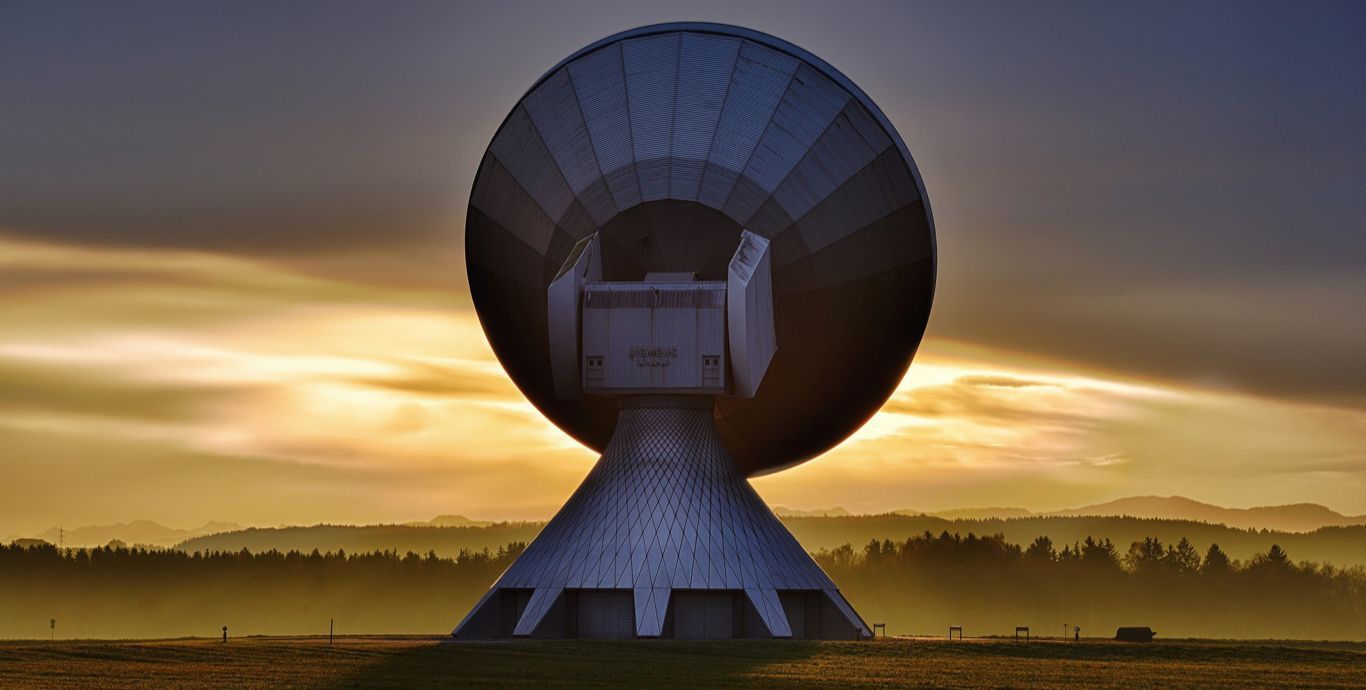
Concern over the use of sat ground stations
Shifting relations for better or worse
Geopolitics continues to strain space relations, and whilst matters are still ongoing, it seems that the presence of the Chinese stratospheric balloon in US airspace will work towards the further deterioration of that relationship. At the end of January, the US had already announced a new set of sanctions against Chinese satellite manufacturer, Changsha Tianyi Space Science and Technology Research Institute, for apparently supplying Russia’s Wagner Group with imagery to support their campaign in Ukraine.
Space is quickly becoming the new domain of warfare. According to an article from ARS Technica, US company True Anomaly are preparing for the first orbital mission of their Jackal “orbital pursuit” spacecraft. The company, founded in January last year, will be capable of manoeuvring close to other satellites in order to reveal their surveillance and weapons systems. The company founder, a former US Air Force Major, said that the US is already “in active competition with Russia and China for freedom of action and dominance of the space domain. And it’s evolving very quickly.” We must also consider the plans that are afoot by satellite constellation companies, and the growing competition over limited number of orbital slots. One thing that history does tell us is that where there are valuable finite resources, there is often conflict, and so we may also see the development of more such defensive and offensive orbital vehicles.
China has announced that they will be developing a satellite ground station in Antarctica, supporting the collection of data that orbit in polar regions. Although the station is to be constructed at the Chinese Zhongshan research base in Antarctica, the news harks back to that regarding similar ground stations in South America, and governments declaring their concern about the potential military surveillance usage of such a presence. In 2020, Sweden said that they would not renew the contracts to support Chinese ground stations, and as space becomes more intertwined with conflict, we have to ask whether or not other nations may also follow suit.
Relations in the space sector may have been badly affected by events taking place on Earth, but at the same time has represented opportunities for others. South Korea have selected Europe’s Ariane Vega C rocket to launch their next KOMPSAT-6 satellite, previously put on hiatus due to international sanctions on Russia (previously due to launch on a Russian Angara rocket). Vega C suffered a launch failure during its first commercial mission in December, but this may be some more positive news for the company, and the possible future applications of the new rocket. It will also be an encouraging sign for Europe as a whole, as ESA continues its drive for European non-dependence in space capabilities.
Additionally, on January 25th at the European Space Conference, representatives from the European Commission and ESA said that they were working towards building European Space Situational Awareness (SSA) and Space Traffic Management (STM) systems, reducing the reliance on the US. The news also comes after the commission recently announced plans to develop a common EU legal framework on safety, security and sustainability. Europe may still be some way behind the US, China and Russia in regards to their launch capabilities, but they may have more success in leading the way in legislative and sustainable matters. The US may be building support for its Artemis Accords, and China is looking for partners on both Tiangong and their ILRS (lunar station) plans, but the EU and ESA could have what it takes to unite many European countries under one legislative umbrella.
Innovation and technical development in New Space continue to move at a rapid pace, for better or worse. Technologies such as direct-to-smartphone connectivity are quickly becoming reality, and more opportunities await for companies to help build and maintain this new orbital infrastructure. Furthermore, the industry seems to still be mostly defying the odds in an otherwise worrying economic climate. Yet at the same time, space could easily become the fourth front of warfare; air, sea, land and space. The value and applications of space are so far reaching, and we must remember manage these opportunities correctly.
Share this article
External Links
This Week
*News articles posted here are not property of ANASDA GmbH and belong to their respected owners. Postings here are external links only.
02 Feb 2023
Innovation in New Space, for better and for worse

Image: Pixabay
In another week of developments we can see the face of the industry constantly changing and adapting to the current economic and geopolitical climate. As we write our article this week, the latest diplomatic crisis erupting is relating to that of a Chinese stratospheric balloon carrying a suspected spying/surveillance equipment. The US have reportedly held back from shooting it down due to the threat of debris. China has since responded by stating that the balloon is used mainly for meteorological purposes. We’ll learn more in due course, but this already highlights the ongoing tensions and growing skepticism between these two superpowers.
We’ve also seen more positive signs of innovative development and the growth of newer space nations. The UAE has announced details of a second crewed mission to the ISS, set to launch on February 26th, and will be the first long-term Arab astronaut mission. Of course, their Rashid lunar rover is also currently on its way to the lunar surface, travelling with the iSpace lander. The UAE have ambitious plans for space, and we’ve often discussed the value of these newer stakeholders, and their possible role in mediating relations between nations such as the US and China.
At the same time, we can also see that New Space is by no means an easy industry to navigate, especially in the current climate. Virgin Orbit announced that it has raised an additional $10 million emergency funding, coming shortly after news of their failed UK launch in January. The company will be hoping for more success with their next launch later in the year.
Innovation for short and long-term space solutions
Last year we learnt the initial details of direct-to-smartphone technology, and companies such as SpaceX and Globalstar entering this market. US-based satellite company Lynk Global have announced that they are close to completing their ground station in Hawaii, the first of many that the company wants to establish. Lynn plans to connect their growing constellation to smartphones from spring this year.
As we’e previously mentioned, we expect substantial growth in this area, especially should direct satellite connectivity become a standard feature on all new smartphone models in the future. With rapidly growing satellite constellations comes the need to effectively build and manage an orbital infrastructure, such as orbital transportation, servicing and refuelling.
In January we learnt something in regards to Blue Origin’s “Blue Ring” project. A job posting leaked some details, with the advertisement stating that (in relation to their view of the future of New Space) "Enabling this future requires frequent and affordable access to a variety of orbits, as well as the ability to access infrastructure and services in those orbits. There is a critical need for rideshare and hosting solutions for small satellites for commercial and government purposes.” Blue have perhaps seen the opportunities that lay ahead in supporting future megaconstellations, supported by their New Glenn reusable rocket.
Beyond Earth orbit, we’ve also learnt details of another solution for the construction of habitats on other celestial bodies, namely Mars. US firm, Red House, is working alongside NASA to develop “bio-habitats”. The company is mixing waste biomass with a fungus names “mycelium”, with the aim of creating a sustainable building material. For use in space, they aim to send a folded shelter containing dehydrated algae on an uncrewed mission to Mars. Once on the planet, a rover would inject the bag with CO2, nitrogen and water, which would trigger a reaction, allowing it to grow into the desired structure. They are planning a demonstration of the technology on the Moon, as part of NASA’s Commercial Lunar Payload Service.
In our quest to travel to places such as Mars, Rolls Royce have this week released an image of their proposed micro-reactor, allowing for the use of nuclear fission reactors to power future spacecraft on long journeys. The system is being development as part of an agreement signed with the UK Space Agency in 2021, and the image comes shortly after learning more about NASA’s plans to carry out a nuclear propulsion demonstration by 2027. Whilst not a new idea, nuclear has made a comeback recently, seen perhaps, at the moment, as the only solution to support manned journeys in outer space. We expect to witness more developments in this area in the coming months and years.
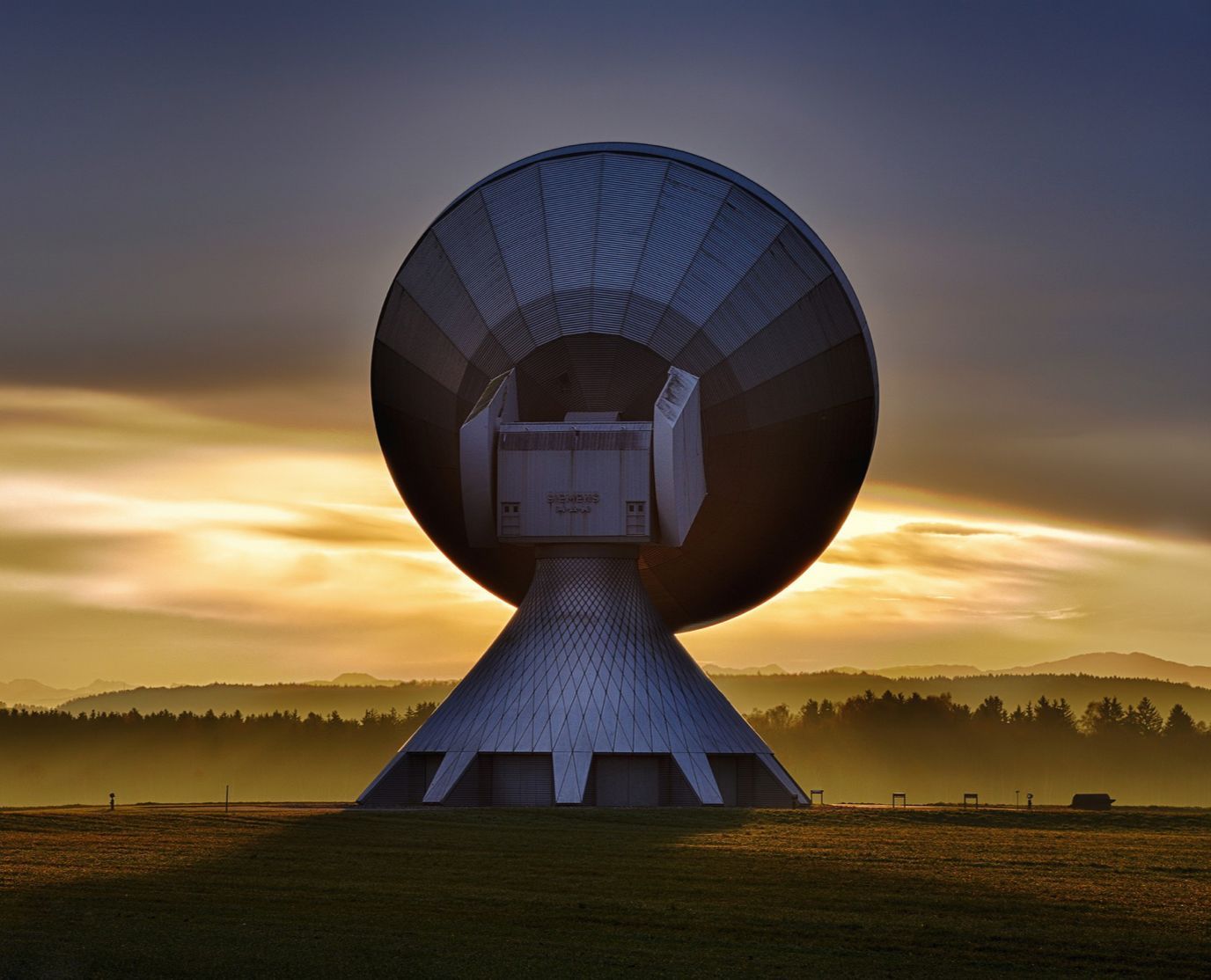
Concern over the use of sat ground stations
Shifting relations for better or worse
Geopolitics continues to strain space relations, and whilst matters are still ongoing, it seems that the presence of the Chinese stratospheric balloon in US airspace will work towards the further deterioration of that relationship. At the end of January, the US had already announced a new set of sanctions against Chinese satellite manufacturer, Changsha Tianyi Space Science and Technology Research Institute, for apparently supplying Russia’s Wagner Group with imagery to support their campaign in Ukraine.
Space is quickly becoming the new domain of warfare. According to an article from ARS Technica, US company True Anomaly are preparing for the first orbital mission of their Jackal “orbital pursuit” spacecraft. The company, founded in January last year, will be capable of manoeuvring close to other satellites in order to reveal their surveillance and weapons systems. The company founder, a former US Air Force Major, said that the US is already “in active competition with Russia and China for freedom of action and dominance of the space domain. And it’s evolving very quickly.” We must also consider the plans that are afoot by satellite constellation companies, and the growing competition over limited number of orbital slots. One thing that history does tell us is that where there are valuable finite resources, there is often conflict, and so we may also see the development of more such defensive and offensive orbital vehicles.
China has announced that they will be developing a satellite ground station in Antarctica, supporting the collection of data that orbit in polar regions. Although the station is to be constructed at the Chinese Zhongshan research base in Antarctica, the news harks back to that regarding similar ground stations in South America, and governments declaring their concern about the potential military surveillance usage of such a presence. In 2020, Sweden said that they would not renew the contracts to support Chinese ground stations, and as space becomes more intertwined with conflict, we have to ask whether or not other nations may also follow suit.
Relations in the space sector may have been badly affected by events taking place on Earth, but at the same time has represented opportunities for others. South Korea have selected Europe’s Ariane Vega C rocket to launch their next KOMPSAT-6 satellite, previously put on hiatus due to international sanctions on Russia (previously due to launch on a Russian Angara rocket). Vega C suffered a launch failure during its first commercial mission in December, but this may be some more positive news for the company, and the possible future applications of the new rocket. It will also be an encouraging sign for Europe as a whole, as ESA continues its drive for European non-dependence in space capabilities.
Additionally, on January 25th at the European Space Conference, representatives from the European Commission and ESA said that they were working towards building European Space Situational Awareness (SSA) and Space Traffic Management (STM) systems, reducing the reliance on the US. The news also comes after the commission recently announced plans to develop a common EU legal framework on safety, security and sustainability. Europe may still be some way behind the US, China and Russia in regards to their launch capabilities, but they may have more success in leading the way in legislative and sustainable matters. The US may be building support for its Artemis Accords, and China is looking for partners on both Tiangong and their ILRS (lunar station) plans, but the EU and ESA could have what it takes to unite many European countries under one legislative umbrella.
Innovation and technical development in New Space continue to move at a rapid pace, for better or worse. Technologies such as direct-to-smartphone connectivity are quickly becoming reality, and more opportunities await for companies to help build and maintain this new orbital infrastructure. Furthermore, the industry seems to still be mostly defying the odds in an otherwise worrying economic climate. Yet at the same time, space could easily become the fourth front of warfare; air, sea, land and space. The value and applications of space are so far reaching, and we must remember manage these opportunities correctly.
Share this article
External Links
This Week
*News articles posted here are not property of ANASDA GmbH and belong to their respected owners. Postings here are external links only.


































